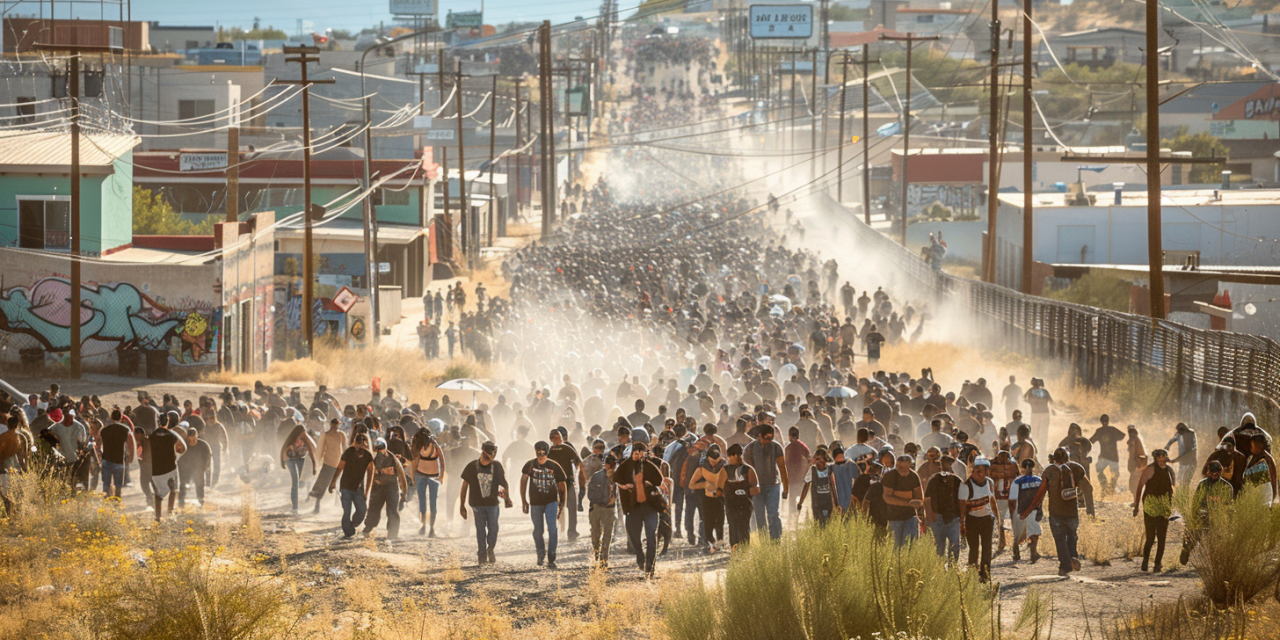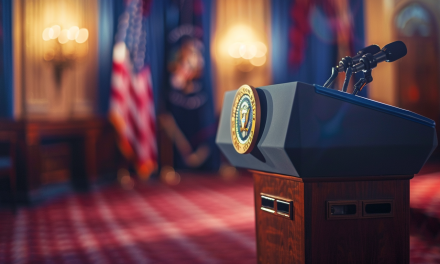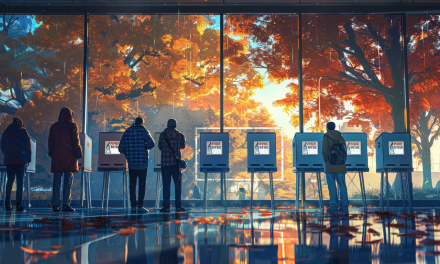What if the United States eliminated all border enforcement policies and security measures overnight? No more border patrols, visa requirements, immigration checkpoints – nothing to impede the free flow of people across national boundaries. It’s an unsettling hypothetical scenario that borders on apocalyptic for some, and a radical new world brimming with potential for others. Let’s take a look at how such an open borders reality could play out in dramatic fashion.
The Parting of Security Floodgates
Within mere hours of abolishing controls, refugee camps along the borders inevitably erupt as destitute masses rush northward seeking economic and political reprieve. Settlements sprout almost instantaneously as access is no longer restricted by the constraints of legal immigration processing. Word quickly spreads and human tidal waves ensue as millions upon millions seek entry.
Border towns and nearby cities are quickly overwhelmed beyond capacity. Supply chains sputter as infrastructure seizes under sudden population surges in areas not adequately prepared. A humanitarian crisis rapidly unfolds with issues of overcrowding sanitation, housing, medical resources and maintaining order.
Economic Tremors
The influx of such a monumental wave of immigrants, both legal and illegal, carries drastic ripple effects economically. Job markets become heavily saturated as waves of workers undercut wages by competing for low-skill jobs. Well-paying careers once sought after by the American middle class quickly get outsourced and displaced through insourced labor. Conversely, some industries capitalize on this new labor force for growth and increased profit margins.
A prolonged period of instability sends economic shockwaves through markets, real estate fluctuations, consumer trends and unemployment figures. The costs of providing essential social services for newly arrived immigrants stresses state and local budgets to their breaking points as taxes spike to exorbitant rates.
Security Vulnerabilities
With national borders effectively dissolved, the ability to comprehensively screen all incoming individuals for potential threats becomes impossible. Keeping tabs on the movement of bad actors, terrorists, criminals, spies and agents of subterfuge seeking to exploit open borders grows exponentially harder. Nightmarish worst-case scenarios of sleeper cells penetrating at will come to the forefront.
Similarly, countless illicit goods from drugs to human trafficking can circumvent previous bottlenecks and checkpoints with near impunity. Public health faces dangers of rampant communicable disease proliferation. Political dissidents, ideological extremists and defectors take advantage of new throughways to seek sanctuary or sow chaos.
Social and Cultural Fissures
Such a radical, abrupt inundation of new immigrant communities would impact the very fabric of social cohesion and cultural identity. Societal norms and values take severe blows as an unprecedented intermixing of customs and beliefs rapidly accelerate. Clashes over resources, religious tensions, language barriers, and a blurring sense of heritage simmer beneath an increasingly divided populace.
Crime rates spike amid conflict and differences, taxing law enforcement efforts to their limits. Neighborhoods start taking matters into their own hands through vigilantism to attempt protecting what they feel is quickly going extinct – their American way of life.
It may sound dramatic, but the potential for a descent into unrelenting instability and unrest seems plausible without defined security protocols and proper phasing. A free-for-all movement of millions instantaneously arriving throws too much upheaval into the system to absorb. A seamless transition seems impossible – at least initially.
Rebuilding and Finding Equilibrium
Yet if the nation somehow weathered the initial tempest, a new long-term normal would gradually take root. Societies began healing and adjusting to their new heterogeneous realities and demographics. Legal protections, worker rights and opportunities increased. Economic demand eventually recovered and a new baseline for wages/prices settled.
Would the future be bleak or prosperous? Plagued by conflict or increasingly cosmopolitan? A xenophobic’s nightmare borne out or a diverse cultural renaissance? Ultimately, totally open and unrestrained borders are an unfathomable eventuality impossible to adequately forecast. However, perhaps imagining worst-case scenarios highlights the need for thoughtful immigration policies and measured change rather than reckless upheaval.




